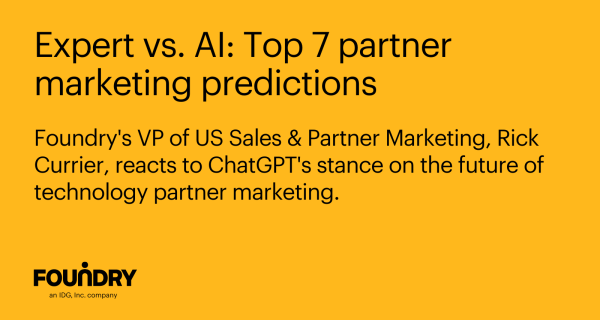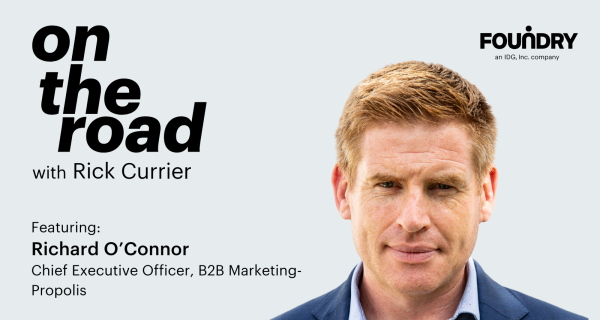I recently had the pleasure of hosting a roundtable dinner discussion which included senior partner marketers from Atlassian, AWS, Google Cloud, NetApp and ServiceNow. With all companies battling the economic headwinds, the far-ranging discussion included valuable insights, common challenges, and innovative approaches within the realm of partner marketing. What emerged were remarkable commonalities across diverse roles and teams. In sharing the highlights of the discussion, I hope to share our learnings on the collective challenges and offer a perspective to enhance the effectiveness of partner marketing initiatives.
Globally consistent, locally relevant
When there are too many voices directing the messaging it can get diluted, and the partnership loses its value. In partner marketing there should be an integrated plan to ensure efficiency and scale for all partners and the use of resources, budgets and time can be kept to a minimum. The key is designing a partner marketing program that is scalable globally yet has the flexibility to be locally relevant. Finding an agency that has global scale, but “boots” on the ground locally can help.
Cadence, cadence, cadence
We know a frequent cadence of communication is extremely important when working with partners, but we also know communication between partners can be challenging because of bandwidth, goals and priorities. Open communication and feedback between partners are necessary to establish relationships and manage competing priorities. This flow of communication can be managed by establishing a partner marketing program that allows partners to easily participate, stay aligned, and be agile with relevant messaging and tactic updates in anticipation or reaction to industry shifts.
“Partners slow deals down”
Have you heard an outside team mutter this? Remind them – Rome wasn’t built in a day. While speed is challenging when working with multiple partners, the result of well-built partner programs and consistent partnerships is an ecosystem of companies, clients, and products that all work together to drive innovation. While the development of partner programs may take time, it is time well spent to ensure their impact outlives their campaign.
Marketing internally
Companies should focus on getting internal buy-in for partner programs via sales enablement tactics such as online training, joining all hand’s sales calls, etc. The more people in your organization that can speak about the benefits of a partner marketing program the greater future investments into the program will be. Even when the ROI is there, internal education, including the communication of results, can be incredibly important to the perceived success of partner marketing.
Innovation during market shifts
The state of the market is forcing many organizations to put long-term strategy to the wayside. Yet, the expectation is to continue to bring value and innovation to the partnership. The key is finding new ways to drive innovation when budget, time, and resources are limited. Some companies are leaning on agencies like Foundry to help bring program architecture, messaging, and innovation to partner initiatives efficiently and cost effectively.
The challenges we face are not unique to any single organization but are shared experiences that connect us. We will be hosting upcoming dinner discussions in Boston, New York City, and London later this year, with gatherings designed to provide true value and share lessons learned to the partner marketing community. If you would like to be a part of these discussions and share your challenges and successes, I invite you to reserve a seat at our next dinner by reaching out to me, Rick_Currier@foundryco.com.



